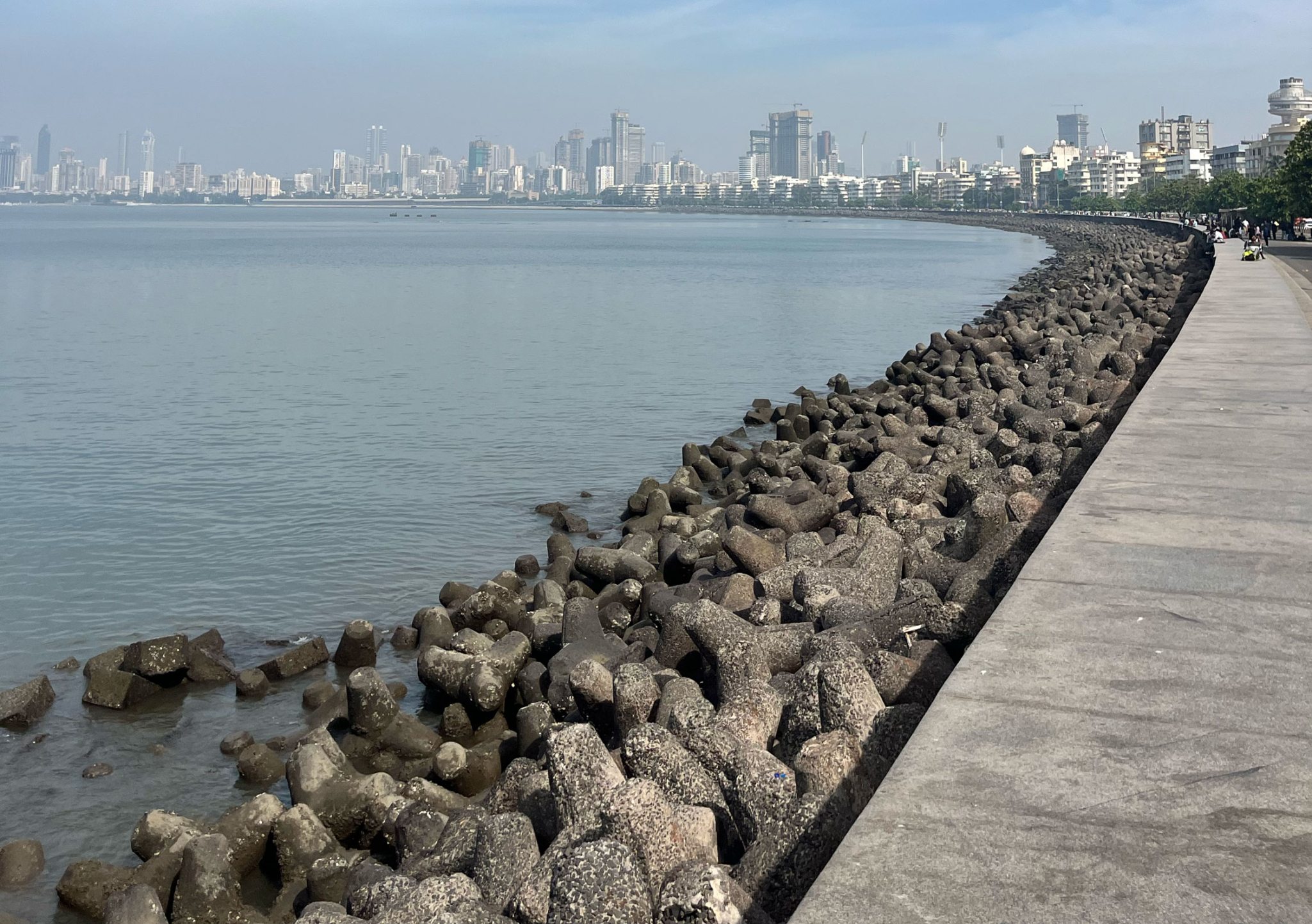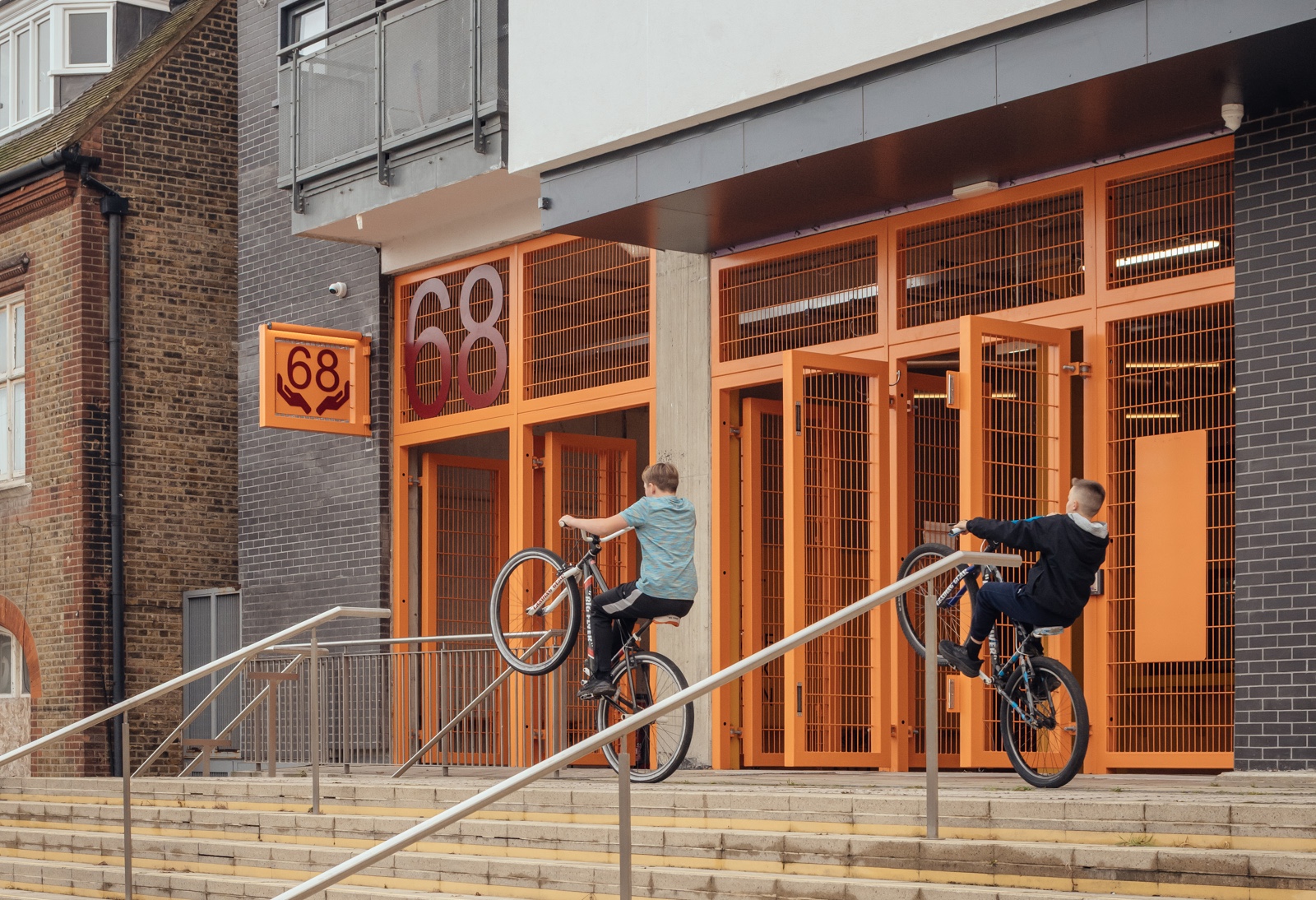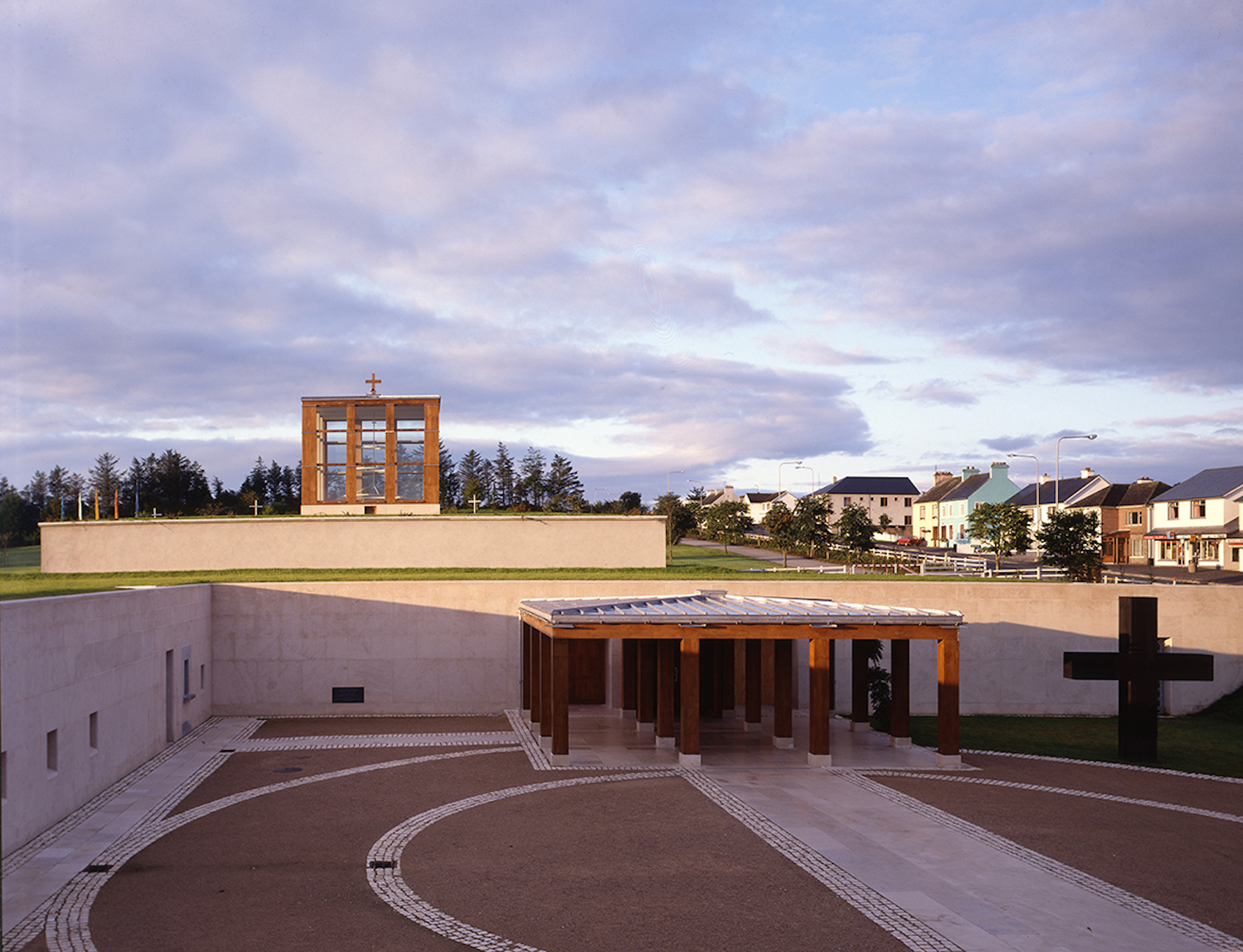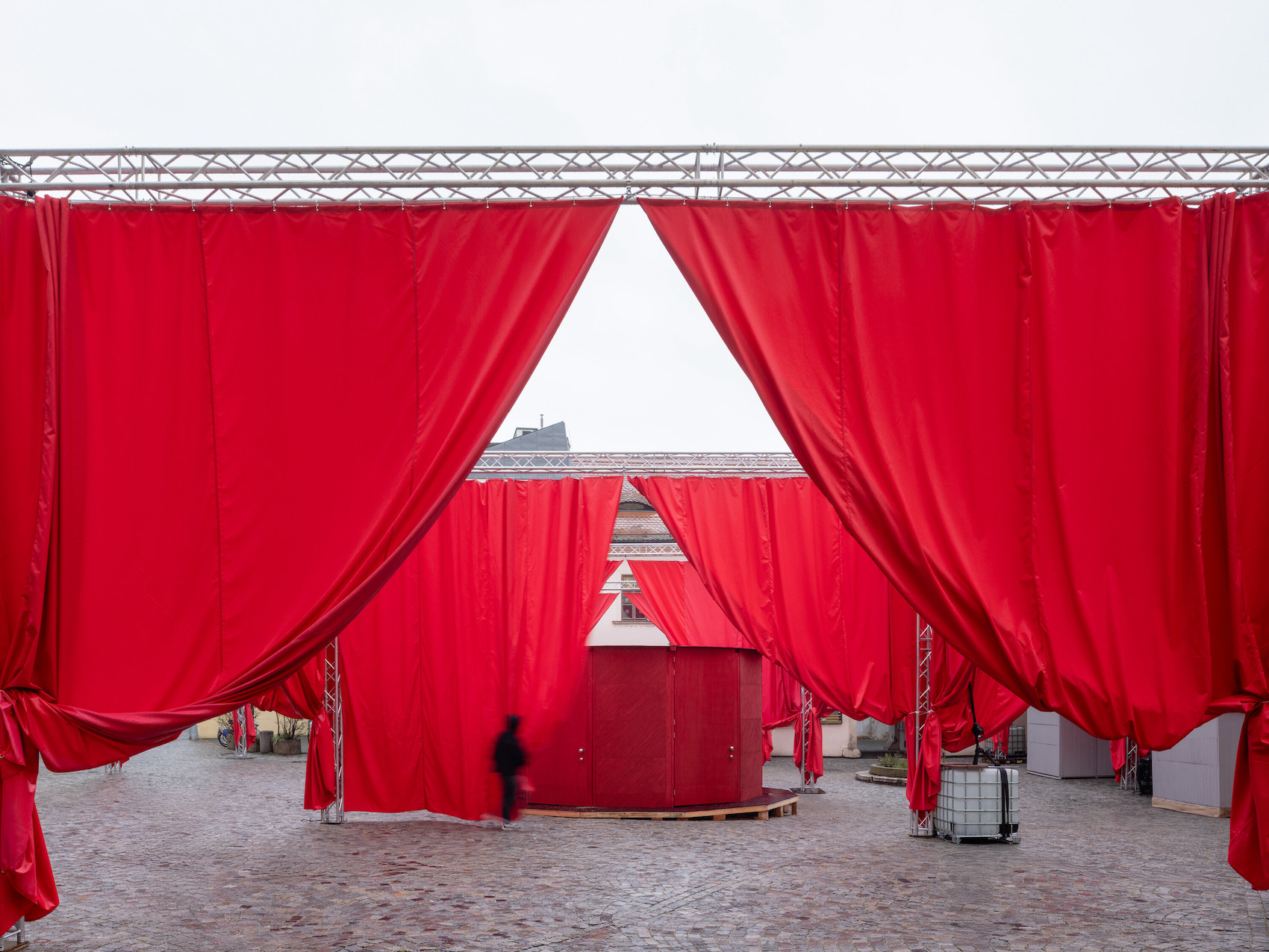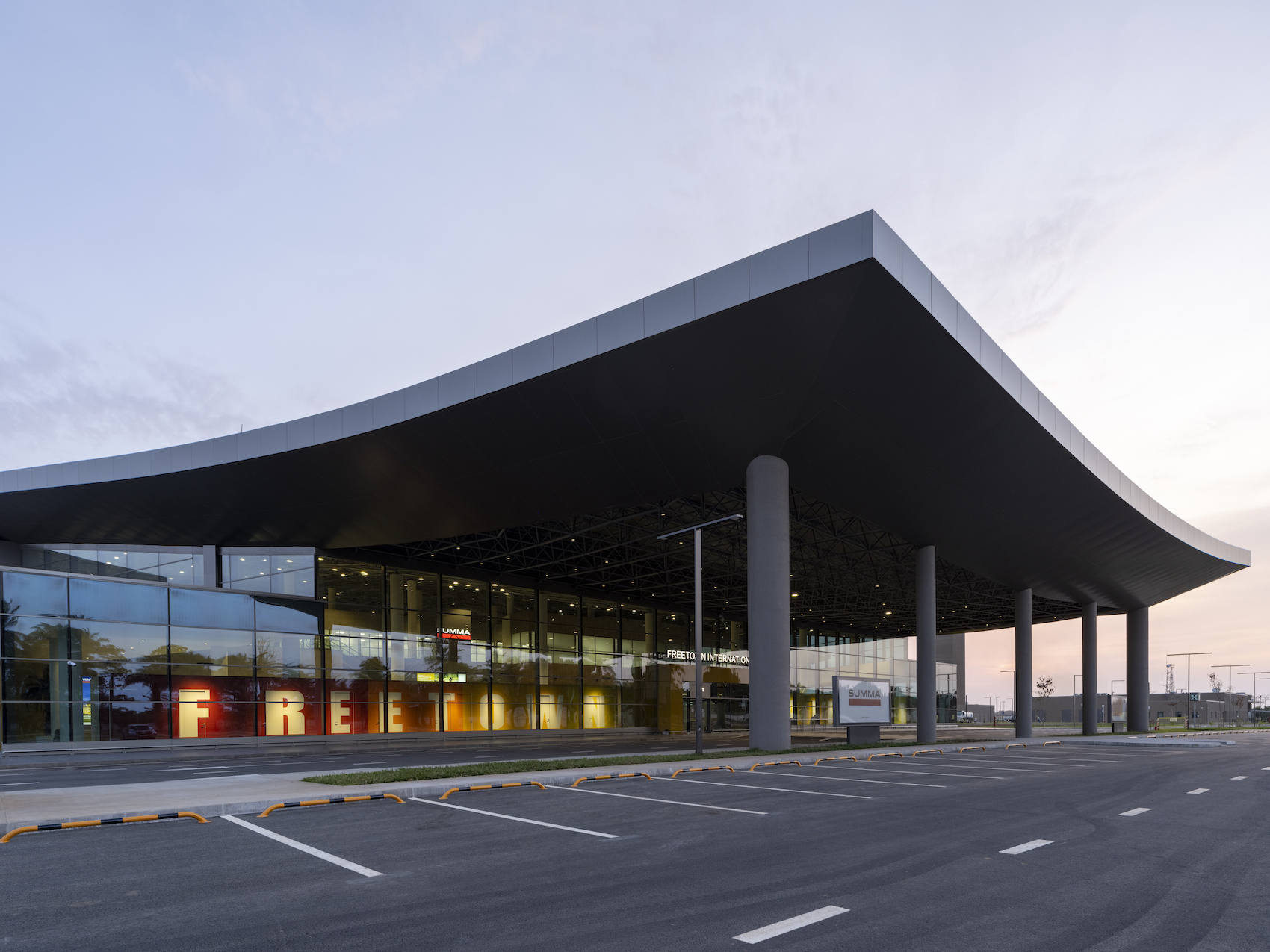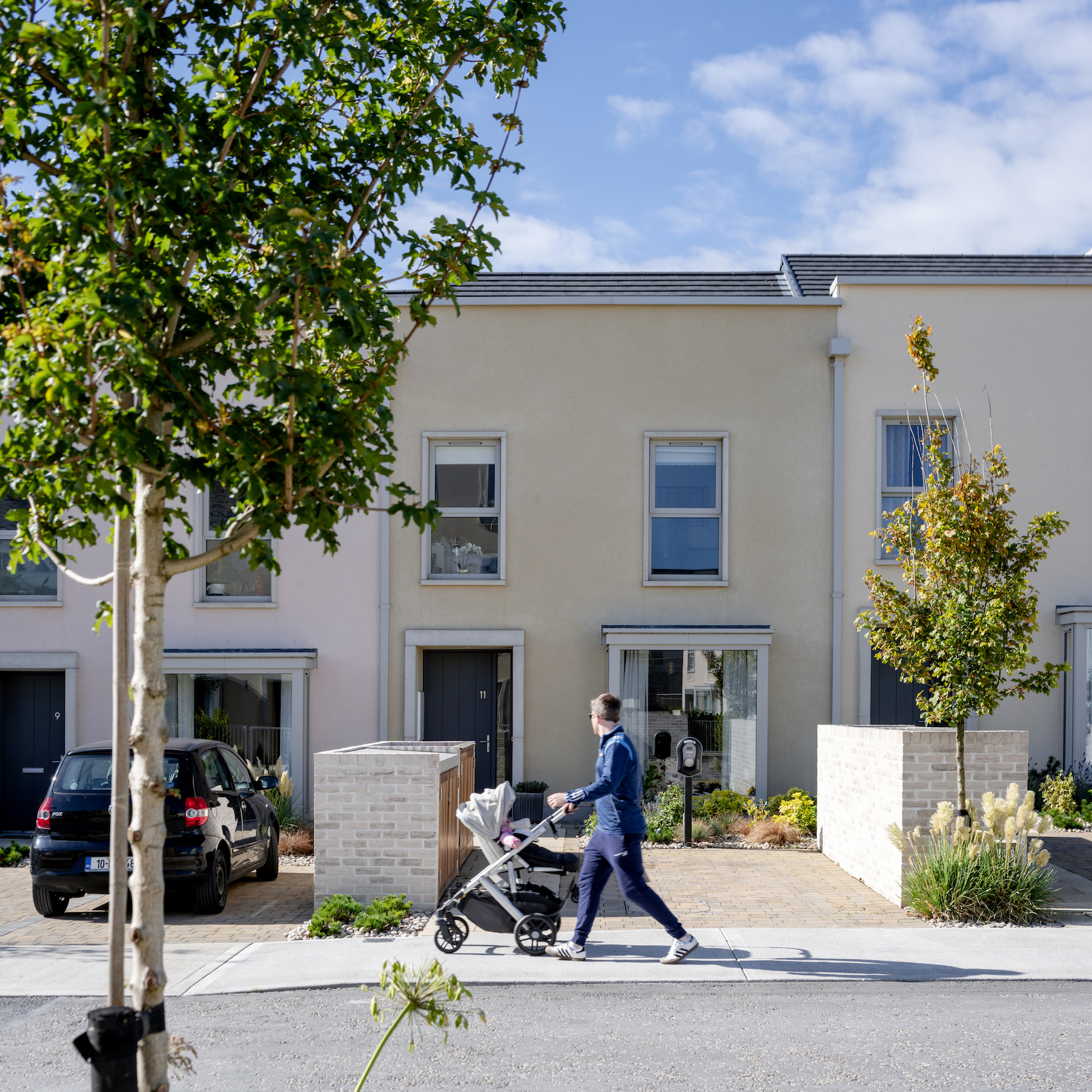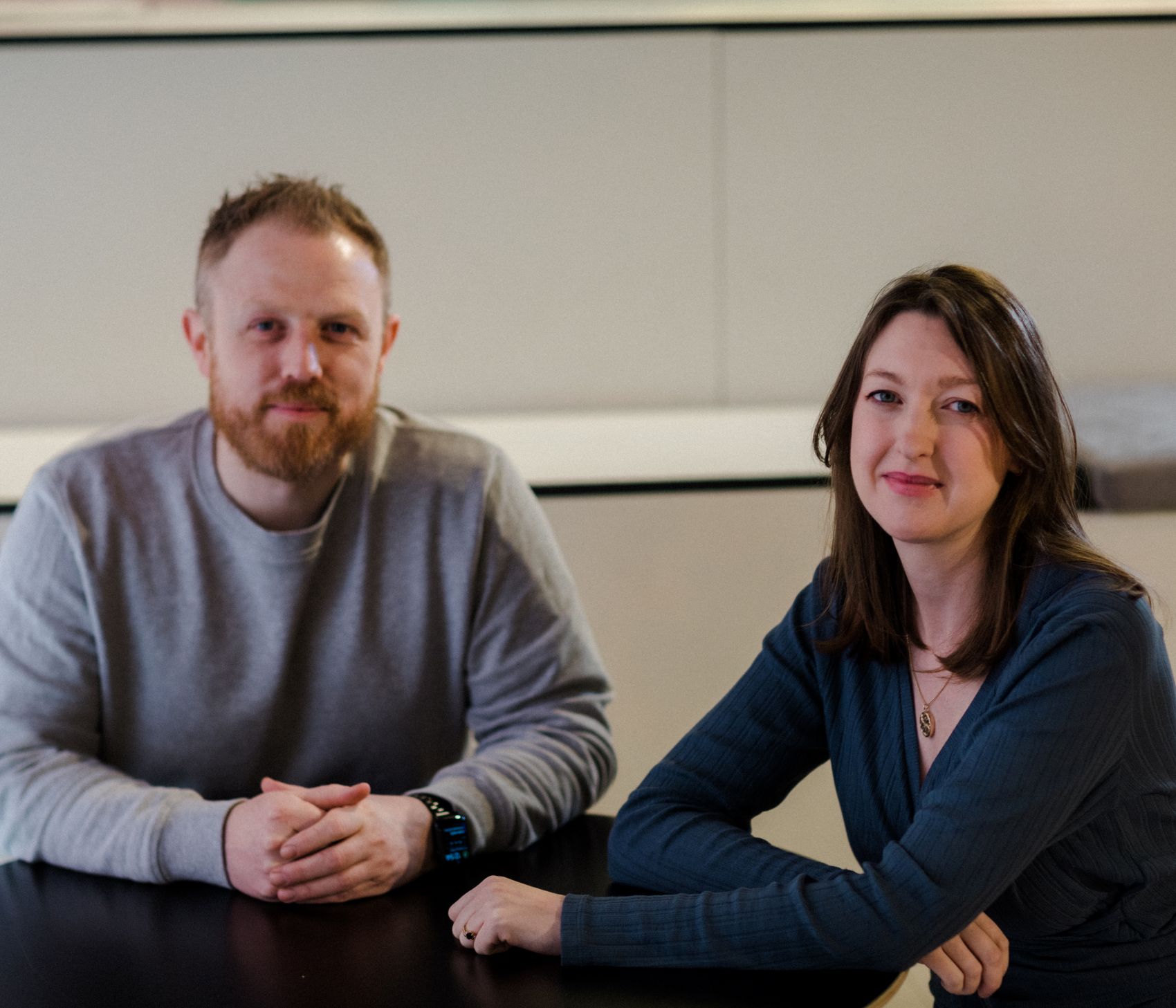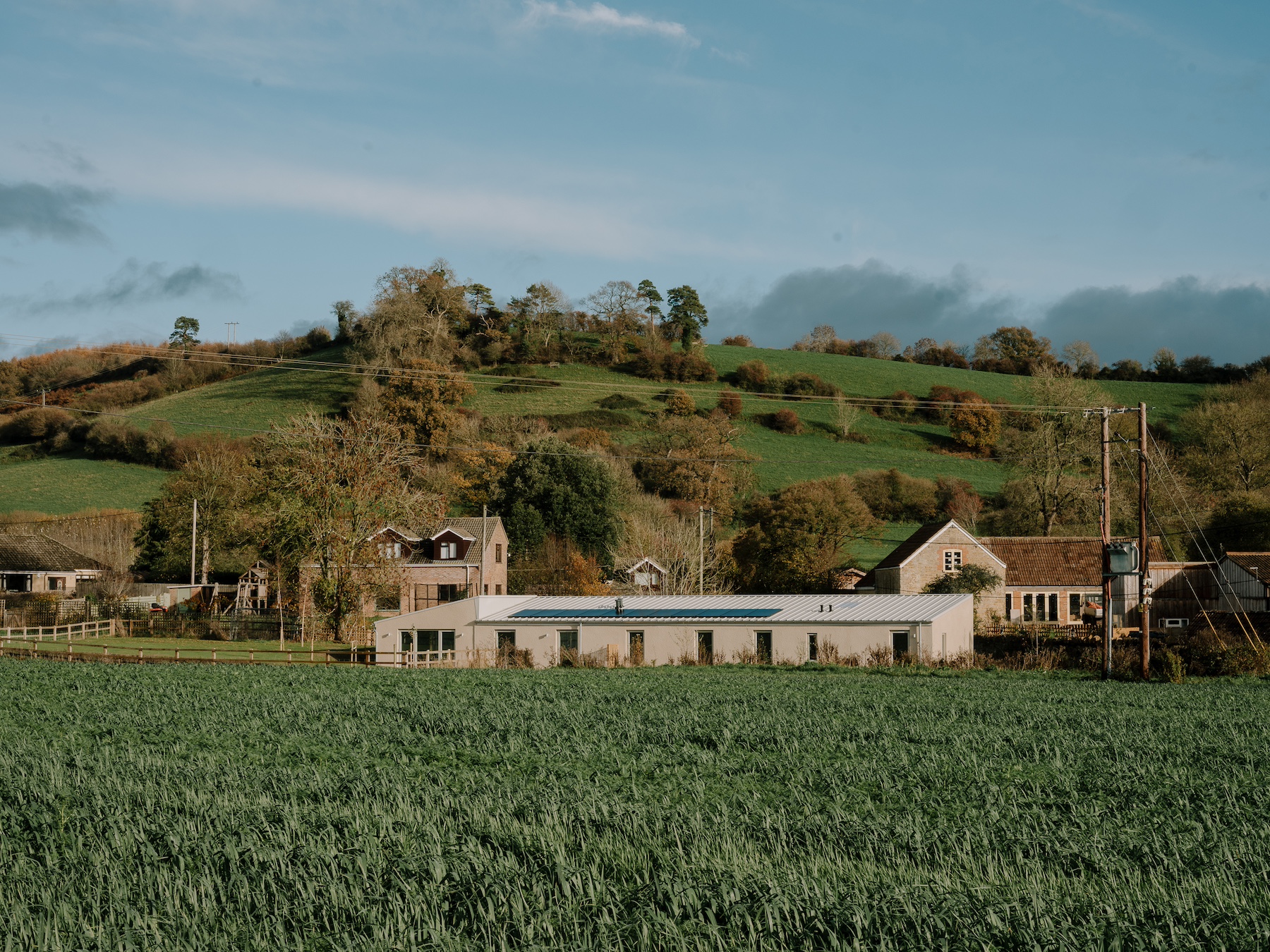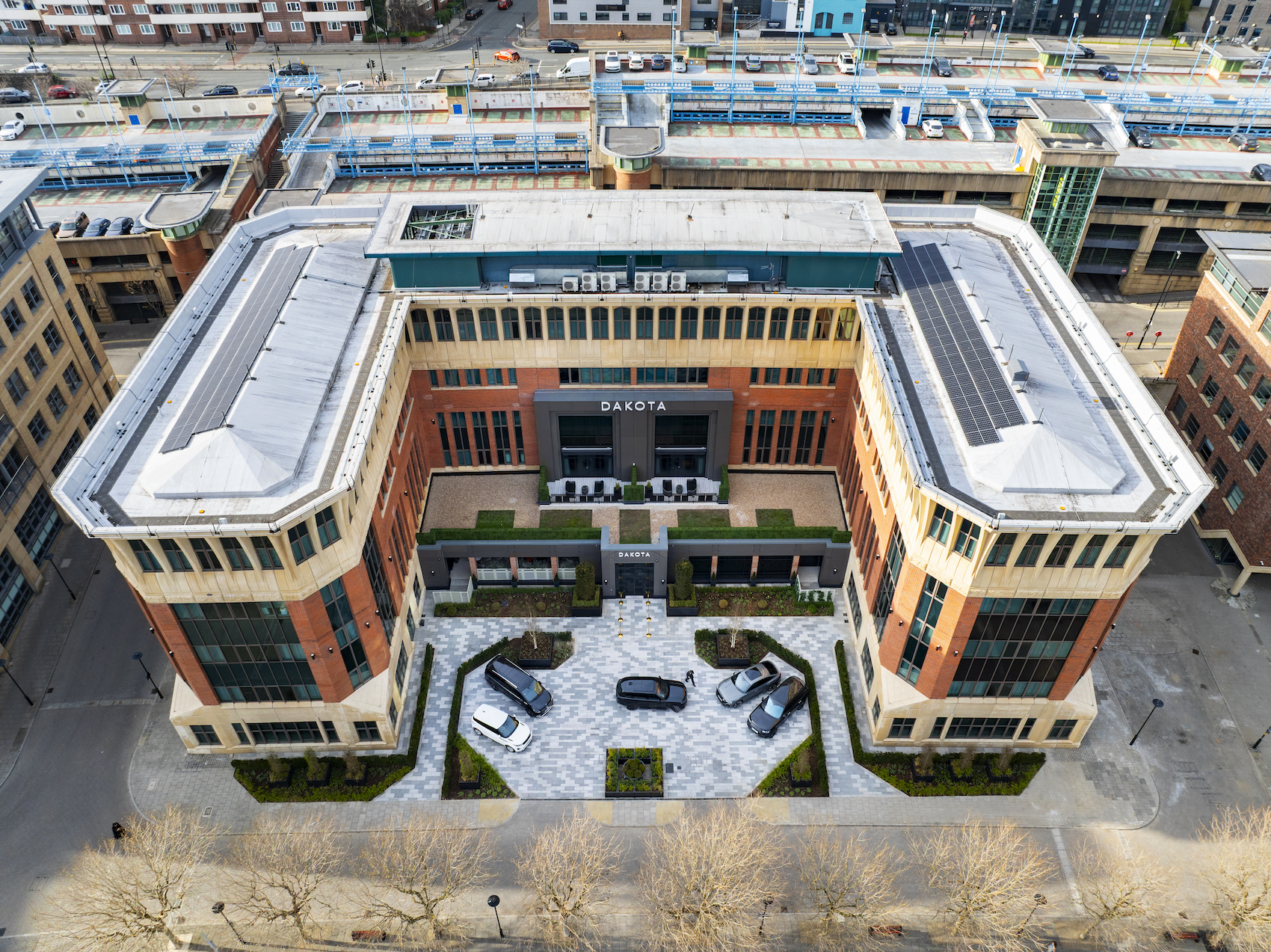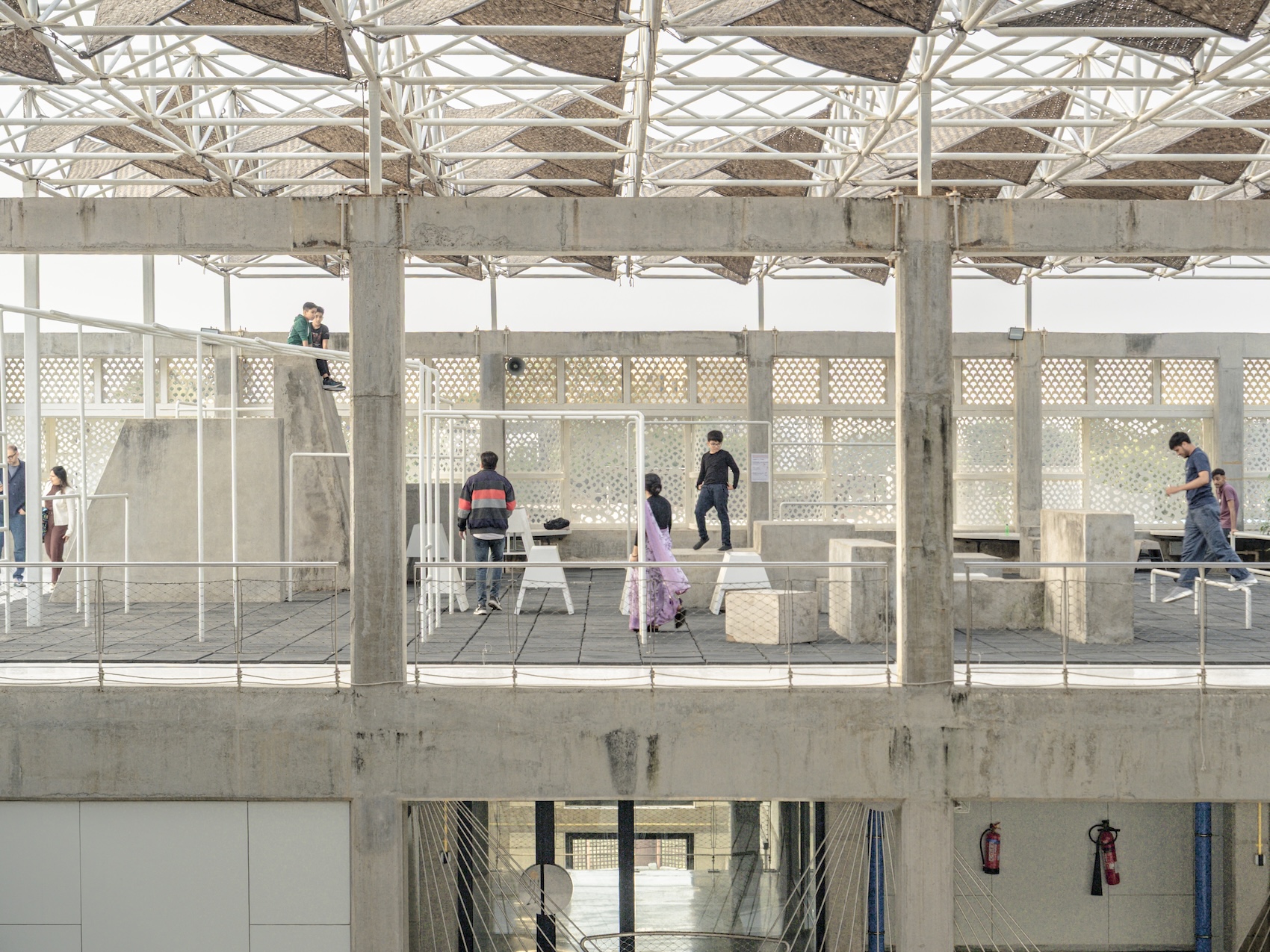AT talks to Maria Cheung, director and head of interior design at Squire & Partners, about the changing nature of the workplace, the practice’s ongoing commitment to retrofit, and the benefits of revisiting past projects.
Maria Cheung at Squire & Partners’ London studio (photo: Gareth Gardner)
The practice has developed a reputation for delivering high-quality workspace retrofits in recent years. What lessons have you learnt along the way?
What’s really interesting is that we’ve been asked to retrofit a couple of office buildings in central London, that the practice completed some 20 years ago. The brief is to bring them up to date with current commercial requirements and standards. So for us it’s judgement time: how good or bad were the original buildings in terms of their design and amenity provision? These projects also represent a specific time or epoch, which can be compared against today’s social, economic and environmental needs in the workplace.
What did you find?
It was gratifying to discover that key elements, such as the grid layout, façade design, daylight provision, and staircase allocation still worked well and met current standards, which have only become more onerous over time. However, from a building user’s point of view, there were a number of elements that had become outdated or surplus to requirement. A good example are the buildings’ car parks. Employees are much more likely to cycle to work than drive these days, so we’re turning the carparks into cycle stores, complete with improved shower facilities (male, female and gender neutral), drying areas for cycling equipment, lockers and vanity units. The shower provision in the existing offices was around 30 per cent of what we are now supplying. Similarly, what previously would have been the back of house or service entrance is now being remodelled and celebrated for staff arriving at work on their bikes.
20 years after the practice built an extension to 78 St James’s Street, Westminster, London, its atrium has been rearranged into a new reception space to enhance the connectivity between the two elements (photo: Jack Hobhouse)
What about amenity provision and finding the space to implement this?
Compared to 20 years ago, landlords clearly want to provide a much broader range of amenities, with the aim of attracting and retaining tenants. For us, remodelling the roof space to incorporate communal areas and terraces is key, and again, the original buildings are strong/adaptable enough to accommodate this. This also goes hand-in-hand with overhauling the services provision. Building on the roof means repositioning plant that was originally housed on top of the structure. After 20 years of use, much of the plant equipment is outdated and inefficient by modern standards, so can be renewed, reduced in size and rehoused in the basement where possible. We are also identifying and planning for soft spots – areas in which staircases between floors can be added to increase flexibility – without compromising the servicing provision and layout.
How important are shared/communal amenities in today’s retrofit offices?
From the developer and agent’s point of view, it’s not solely about increasing the area you can let, but expanding the area of accommodation that can incorporate shared facilities. This is what really boosts the letting rate per square metre. For example at 78 St James’s Street, in addition to the rooftop bar and terrace, we have a flexible conference/yoga space, a health studio, treatment rooms, a separate entrance to a shared club-style business lounge and provision for a deli/lounge area. Overall, there’s a ‘club’ atmosphere; it’s about making people feel they belong to a specific building with its own unique identity and community.
The Collab Space in the basement of 78 St James’s Street can be used as an auditorium or fitness suite, with integrated joinery providing storage space for the equipment used to transform the room into the required configuration (photo: Jack Hobhouse)
Alongside programmatic developments, do you feel that there has been a big change in corporate identity related to materials and furnishings?
Absolutely. The offices we designed 20 years ago are very slick and cool – maybe cold even – in terms of their materiality and finishes, with hard surfaces, such as polished stone and marble floors and feature walls predominating. These items have worn well and been looked after, so we obviously don’t want to throw them away. Instead, our approach is to ‘soften’ them by increasing their tactility and visual warmth. We are currently working with a stone mason to ascertain the best way of re-honing or texturising existing stone panels, either in-situ or offsite and then reinstalling them. We’re also introducing timber elements to visually break up large, uninterrupted stone surfaces. Existing office fittings, such as reception desks, can be reclad/refinished to extend their service life and complement the new design aesthetic. We also try to introduce visual motifs, such as patterns or colour combinations, that are unique to the building and/or its location. This creates a subtle narrative thread that further reinforces the project’s identity. It’s important for us that people connect with a building and feel proud of it.








